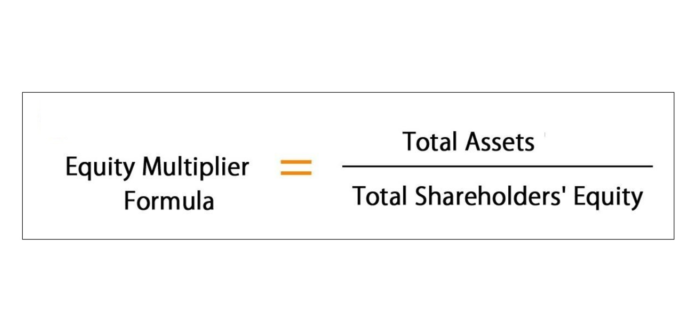
The cash flow statement shows how much cash is moving in and out of your business during a specific period. Be sure to review outstanding customer balances regularly and follow up on missed payments promptly. Creating a cash flow statement provides a clear understanding of where cash is coming from and going out. Monitoring your cash inflows and outflows is crucial for maintaining healthy finances. As a sole trader, it’s easy to get caught up in the day-to-day operations of the business, leaving little time for financial management. On the other hand, bookkeeping software can be more efficient and accurate but does come with a cost.
FreeAgent review: Fully featured yet easy-to-use cloud accounting platform – ITPro
FreeAgent review: Fully featured yet easy-to-use cloud accounting platform.
Posted: Fri, 26 Jan 2024 08:00:00 GMT [source]
Now that you have a better understanding of bookkeeping, you may be wondering if it’s something you want to take on yourself or with the help of a professional. When making this decision, there are two things you should keep in mind. Before you take on any clients, you’ll need to draw up templates for any legal contracts between you and the clients. For a self-employed bookkeeper, the most crucial of these contract documents is a letter of engagement.
Creating a Cash Flow Statement: The Key to Understanding Your Finances
With Making Tax Digital requiring quarterly updates, much of the legwork involved in submitting income and expenditure totals to HMRC is now taken care of. There are some extra steps you can take to get your accounting records finalised ahead of calculating the total tax owed and filing your self-assessment. Implementing the right bookkeeping software is invaluable for streamlining financial compliance under Making Tax Digital as a sole trader. Sole traders rely on timely payment from their clients to pay the bills and keep the lights on. FreshBooks makes it easier than ever for clients to pay their invoices, so you don’t have to waste time chasing down cheques.
Double-entry bookkeeping additionally tracks owed amounts (accounts receivable) and owning amounts (accounts payable). It can be a daunting task as every receipt, invoice, and bill must be logged, however it’s essential for creating the likes of accurate tax returns and business plans. This process involves analysing the information presented in financial statements and drawing conclusions about the financial status of your business. One of the most important things to look for when interpreting financial statements is trends.
Understanding Taxes and Deductions
If you’ve registered the sole proprietorship, then include the company registration number on your sole trader invoice. Keeping books for your sole trader business has never been easier, with huge improvements in technology and online software options. If you’re not good with spreadsheets or keeping a paper book up to date you don’t need to worry. Software lets you automate a lot of your bookkeeping, with automatic bank feeds and automated processes such as sending payment reminders to customers.

As a sole trader it is important to understand your tax obligations, record and track all tax payments made throughout the year, and file accurate and timely tax returns. Failure to do so can result in serious consequences such as fines, interest charges, or even prosecution. Seek advice if needed and take record keeping seriously in order to ensure that you meet all of your obligations in full.
Importance of Keeping Books in Order
Luckily, FreshBooks lets you cut down the time you spend billing clients. You can create a recurring profile in a few clicks and FreshBooks will automatically send the invoices for you, freeing up time for more important tasks. Want to know how to manage your accounts while you focus on your business as a sole trader? Analysing financial ratios can provide valuable insights into the performance of your business. These ratios help you compare different aspects of your business’s finances – such as liquidity or profitability – over time or against industry benchmarks.
It’s important to distinguish bookkeeping from accounting, which interprets and analyses financial data provided by bookkeeping. Finally, discuss draft year-end figures with your accountant ahead of tax return filing for their analytical eye to spot risks, and savings opportunities and provide formal sign-off. Review detailed profitability analytics including gross margins, net margins, and performance vs prior years. Breakdown expense contributions and identify problem spending areas for next year’s improvements.
Whether you’re trying to determine the best accounting system for your business, learn how to read a cash flow statement, or create a chart of accounts, QuickBooks can guide you down the right path. Not only can this help sole trader bookkeeping you set goals, but it can also help you identify problems in your business. With an accurate record of all transactions, you can easily discover any discrepancies between financial statements and what’s been recorded.
